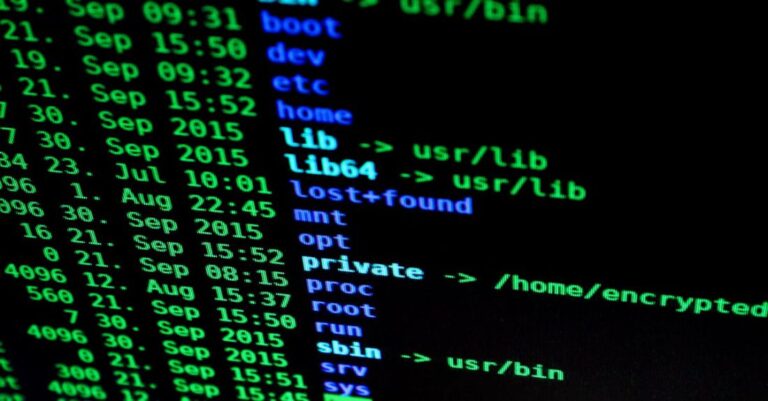
In today’s digital age, remote work has become increasingly prevalent, with more and more employees opting to work from the comfort of their own homes. While this shift offers numerous benefits in terms of flexibility and work-life balance, it also brings about new challenges, particularly in the realm of cybersecurity. As remote work continues to rise in popularity, the need for robust cybersecurity policies to protect sensitive information and data has become more critical than ever. In this article, we will explore the importance of cybersecurity policies in safeguarding remote work environments and ensuring the security of both employees and organizations.
The Rise of Remote Work
The advent of technology has revolutionized the way we work, enabling employees to perform their tasks from virtually anywhere in the world. Remote work offers advantages such as increased productivity, cost savings, and improved employee satisfaction. However, this shift towards remote work has also exposed organizations to a host of cybersecurity risks and threats.
Cybersecurity Threats in Remote Work Environments
Remote work environments are vulnerable to a wide range of cybersecurity threats, including phishing attacks, malware, ransomware, and data breaches. Without proper security measures in place, remote employees may unknowingly compromise sensitive company information, putting the organization at risk of financial loss, reputational damage, and legal implications.
The Need for Cybersecurity Policies
Cybersecurity policies serve as a crucial line of defense against potential cyber threats in remote work environments. These policies outline the guidelines, procedures, and best practices that employees must adhere to in order to protect sensitive data and information. By establishing clear cybersecurity protocols, organizations can minimize the risk of data breaches and unauthorized access, ultimately safeguarding their digital assets and reputation.
Securing Remote Access
One of the key aspects of cybersecurity policies for remote work is securing remote access to company networks and systems. This involves implementing strong authentication measures, such as multi-factor authentication, to verify the identity of remote employees before granting access to sensitive information. Additionally, organizations can utilize virtual private networks (VPNs) to create a secure connection between remote devices and company servers, encrypting data transmissions to prevent interception by cybercriminals.
Training and Awareness Programs
Another essential component of cybersecurity policies for remote work is the implementation of training and awareness programs for employees. By educating remote workers on cybersecurity best practices, common threats, and how to identify suspicious activity, organizations can empower their employees to become the first line of defense against cyber attacks. Training programs can cover topics such as password security, phishing awareness, secure file sharing, and the importance of keeping software up to date.
Regular Security Audits and Updates
To ensure the effectiveness of cybersecurity policies in protecting remote work environments, organizations should conduct regular security audits and updates. By regularly assessing the security posture of remote systems and networks, organizations can identify and address potential vulnerabilities before they are exploited by malicious actors. Additionally, staying up to date with the latest security patches and software updates can help mitigate the risk of cyber attacks and ensure that remote work environments remain secure and resilient.
Mitigating Insider Threats
In addition to external cyber threats, organizations must also be vigilant in mitigating insider threats within remote work environments. Insider threats can arise from employees who intentionally or inadvertently compromise company data, whether through negligence, malicious intent, or social engineering tactics. Cybersecurity policies should include measures to monitor and detect suspicious behavior, restrict access to sensitive information on a need-to-know basis, and implement data loss prevention technologies to prevent unauthorized data exfiltration.
Protecting Remote Work, Protecting the Future
As remote work continues to shape the modern workplace, the need for robust cybersecurity policies to protect remote environments has never been more critical. By implementing comprehensive cybersecurity measures, organizations can mitigate the risks associated with remote work and safeguard their digital assets from cyber threats. Through a combination of secure remote access, training programs, regular security audits, and insider threat mitigation, organizations can create a secure and resilient remote work environment that enables employees to work productively and securely from anywhere in the world. By prioritizing cybersecurity in remote work policies, organizations can not only protect their sensitive data but also uphold the trust and confidence of their employees and stakeholders in an increasingly digital world.





